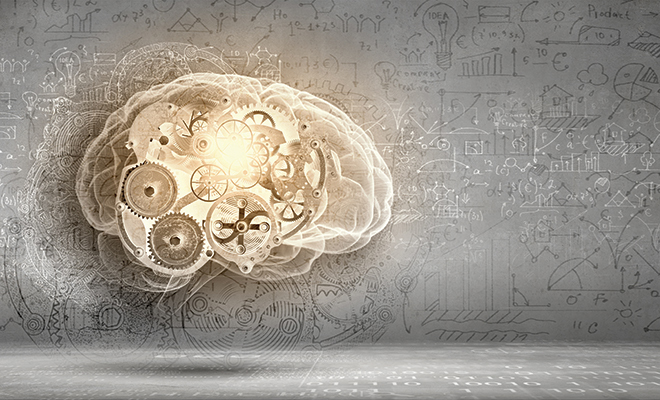
Maintaining Mental Quickness
My grandmother passed away in 2013, just a month shy of her 108th birthday. She was sharp as a tack up until the last week of her life. When she was in her 90s, her wit, intellect and speed of processing information could rival that of people half her age. She was always on top of things and not much got past her.
Even as she crossed the threshold into her 100s, she never seemed to lose velocity when it came to keeping her mind on the cutting edge. But how did she do it? Genetics is important, and she did hail from great stock, but Grandma was highly instrumental in maintaining that sharp noggin of hers! Even when I was a child, I witnessed her challenging and stimulating her mind through crossword puzzles and endless hours of television game shows that challenge one to think. She routinely engaged with others of all ages on numerous topics, never isolating herself, and she kept pace with current events through her voracious appetite for constant knowledge. She also maintained an active lifestyle through walking and swimming. I am thoroughly convinced these lifelong habits kept her mind sharp and fully functioning. In essence, she was unwittingly strengthening her brain plasticity and making full use of speed-of-processing exercises.
Brain plasticity is the ability of the brain to modify its own structure and function following changes within the body or in the external environment. Brain plasticity is strongest in childhood, but it remains an integral part of the brain throughout life. Adult brain plasticity has been studied as a means of recovery from sensory-motor deprivation, and in recent years it has been instrumental in the relief of certain neurodegenerative disorders, including Alzheimer’s disease.
Alzheimer’s disease affects the senses and perception, and until recently the mature brain was considered relatively immutable. Neurologists have often suggested the brain structure remains relatively the same following a critical period of development early in life. Even though we continue to learn through adulthood, actual brain growth and development ends after that critical period. Or does it?
When scientists discovered that the brain can create new brain cells in adulthood, a new way of thinking developed. Through advances in research, scientists have learned just how plastic the human brain actually is; it seems able to not only create new neurons but to modify the networks of those neurons more effectively to better cope with new circumstances. Scientists understand there is one clear link between brain plasticity and healthy aging a rich, stimulating environment can enhance and maintain brain plasticity, particularly with older adults and Alzheimer’s patients. The use of strategies to maintain healthy brain function in youth and increasingly in old age may serve to delay or prevent decreasing brain plasticity.
Improving brain speed–mental quickness–becomes increasingly important as we age. Even though we acquire more wisdom as we get older, our brains tend to slow down a bit. One type of exercise in particular may help to discourage dementia: computer exercises that engage users to visually process information more quickly. This is a form of speed training that has been designed to improve the brain’s speed and accuracy of processing visual information while expanding the useful field of view, or the visual area in which a person can make snap decisions and pay attention without the need to move the eye or head. The field of view decreases with age; it has been associated with a decline in the execution of daily tasks, such as driving a car. These exercises can lead to improvements in cognitive function and the ability to perform basic living skills, such as folding laundry or preparing a meal.
A ten-year study by Advanced Cognitive Training for Independent and Vital Elderly, or ACTIVE, was presented at the Alzheimer’s Association International Conference in 2016. The study examined the impact of several types of brain training on cognitively health older adults, and indicated that speed-of-processing training showed a significant impact on cognition over memory and reasoning exercises. Researchers believe these techniques have the potential to reduce the risk of developing dementia by as much as 48 percent.
An additional study looked at participants’ cognitive functions and the work they do, whether it is with data, people or things. Researchers concluded the people who work primarily with other people have a greater chance of maintaining cognitive reserves and staving off dementia and functional impairment.
“These new data add to a growing body of research that suggests more stimulating lifestyles, including more complex work environments with other people, are associated with better cognitive outcomes in later life,” said Maria C. Carrillo, PhD, Alzheimer’s Association chief science officer.
By improving everyday functional performance via speed training, it is possible to deter the development of dementia. The benefits tend to outweigh the risks, and it is actually recommended that people begin speed training exercises at the age of 50. ■
Sources: best-alzheimers-products.com, brainfacts.org, dementiatoday.com, sharpbrains.com and wsj.com.







